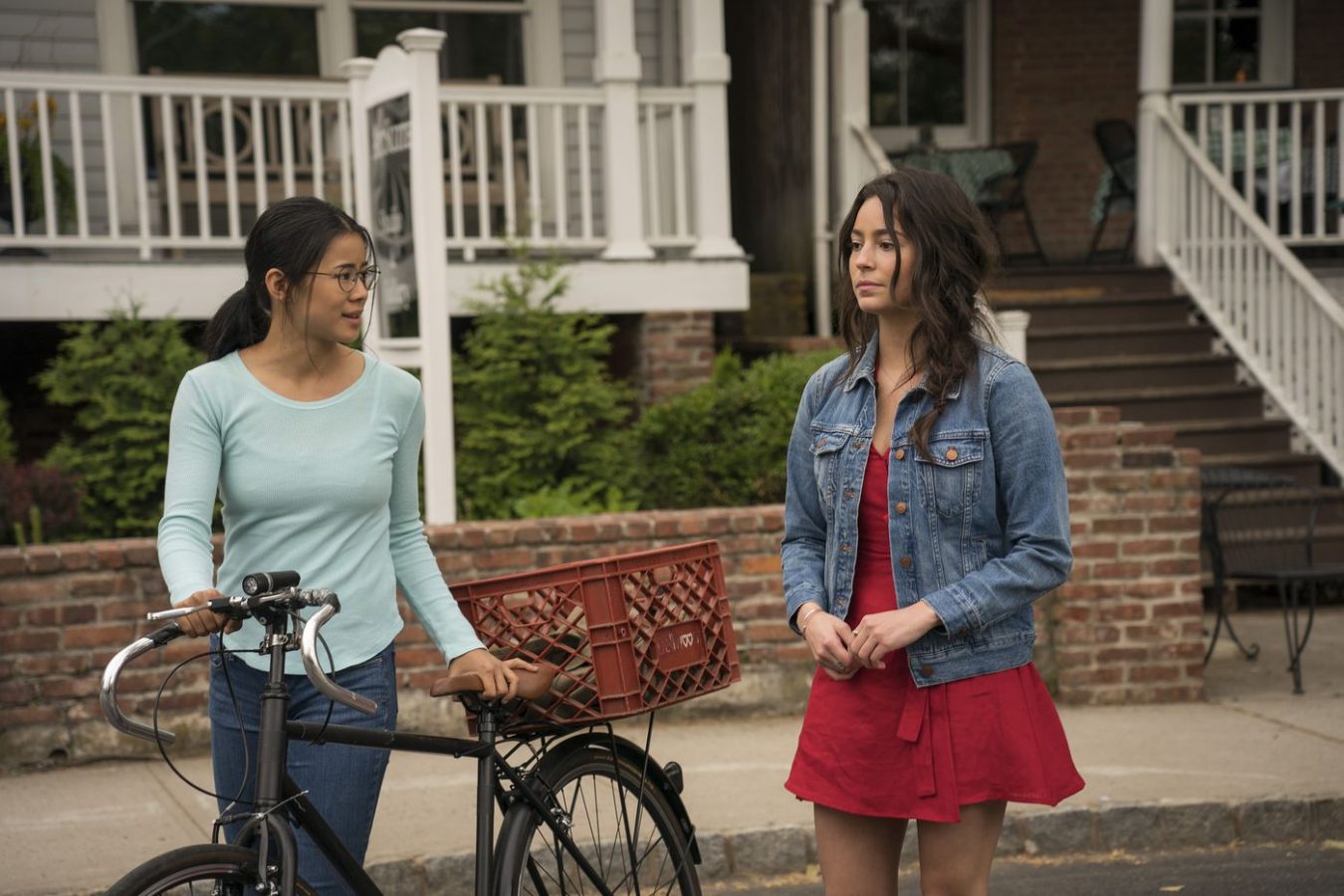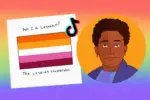“The Half of It,” directed by Alice Wu, is a new coming-of-age Netflix drama, released on May 1, 2020. The story follows shy Ellie Chu, who is searching for her place in Squahamish while trying to help her father make ends meet. Known for her writing skills, Ellie is asked by a boy named Paul to write a love letter to his crush, Aster, and he offers to pay her for it, unaware that she too has feelings for Aster. However, “The Half of It” isn’t a romance — it’s a story that questions what it means to love, exploring different kinds of relationships in the process.
The film first explores familial love. Ellie and her father have a quiet, yet understanding relationship. The two are saddened by the loss of Ellie’s mother, and their story is about supporting one another as a family and recognizing what is best for the other. Ellie takes care of her father, aiding him with errands and encouraging him to take initiative in his life, while Mr. Chu urges Ellie to pursue her ambitions. They’re understanding of one another, yet continually push each other to better themselves.
Then, we are introduced to Paul — he befriends Ellie and plays a role in demonstrating the ups and downs of a platonic relationship. They’re both very different people: Ellie is shy, closed off and logical, whereas Paul is quite open while, at times, aloof. The two begin their unlikely friendship and Paul actively defends and cares for Ellie — he scolds her bullies and provides her support. Ellie is eventually able to open up to him and also pushes Paul to follow his dreams, in her own way. While the two suffer from issues in their relationship, ultimately, they demonstrate a dynamic that shows understanding of one another, while still pushing for growth.
Despite these side stories (and their potential to be individual films), the plot in “The Half of It” focuses on romantic love. At the beginning of the film, Paul is convinced he’s in love with Aster. He reasons that this is because he thinks about her every morning. At first, in his mind, love is the effort you put into wanting to be with someone and if you try hard enough, then that’s love. Ellie doesn’t think that’s love, but she can’t explain what it really is either.
Despite stealing glances at Aster, admiring her and being struck by Aster’s gaze throughout the film, Ellie initially rejects the idea of loving another girl. Simply because Aster is a woman, Ellie claims she could “never” feel that way about her. However, perhaps it’s not only the money Paul offers her that convinces Ellie to compose love letters, but also the aspect of finding her own idea of love, that leads her to begin writing.
As “The Half of It” progresses, Ellie slowly recognizes and understands her feelings for Aster. By the end, she has carved out her own idea of what love means to her. She reasons that love is “messy” and “selfish,” countering Aster’s boyfriend’s speech on love being “humble” and “kind.”
Perhaps love is both of those things. People are imperfect after all, and it’s impossible for someone to be completely kind and completely humble at all times (of course, if “love” is only selfish, there’s an issue). However, Paul outright admits that “there [is] more than one way [to love].” It can be through the small actions someone does, the time they spend on the relationship or the effort they put in to make things work. The film explores and demonstrates this via many characters and their dynamics, but ultimately, they all hold one core message: understanding.
Finally, “The Half of It” concludes with self-love and acceptance. Perhaps this form of love is the most difficult. Ellie, at the beginning of the film, considered herself a nobody and background character. Aster, too, had many doubts about her individuality and sense of self. Ellie dealt with internal homophobia and racism throughout the film and she had to understand her identity before accepting herself, and this is done masterfully. She doesn’t rely on other characters to show her, her value, but rather, it is when Paul wrongfully rejects her sexuality when Ellie realizes she needs to embrace herself.
The entire film plays on the idea of a “bold stroke” in a painting — claiming it can either make or break that particular piece of art. However, without painting that bold stroke, the artist would never know how beautiful their work could have been. “The Half of It” applies this idea to relationships. Not only can this be used as a metaphor for love between others, as it is directly referenced in the film, but it can also be applied to self-love. Ellie’s bold stroke is about embracing and accepting her sexuality and overall identity, despite the difficulty and fear it took her to get there. Her relationship with herself and others wouldn’t be the same if she was unable to face her true feelings, ambitions and share her authentic self.
At the end of the film, Aster is still on her journey. It’s evident in the final scene that she is still confused about her needs, desires, and she hasn’t found a solid sense of self, as Ellie has. This gives the audience an ambiguous (and perhaps disappointing) ending, because Aster simply isn’t ready for a relationship with Ellie, and Ellie accepts and understands that.
There are many ways to love, but the key is to first understand. All the main characters are on journeys to understand one another and themselves. Once they do, they’re able to love each other and themselves. Ellie, Paul and Aster all have major downfalls; however, for the most part, they develop from them. “The Half of It” emphasizes accepting others the way they are, but still pushes them to improve. While the film may not be the romance the trailer made it out to be, it still provides valuable commentary on the complex idea of love.

















